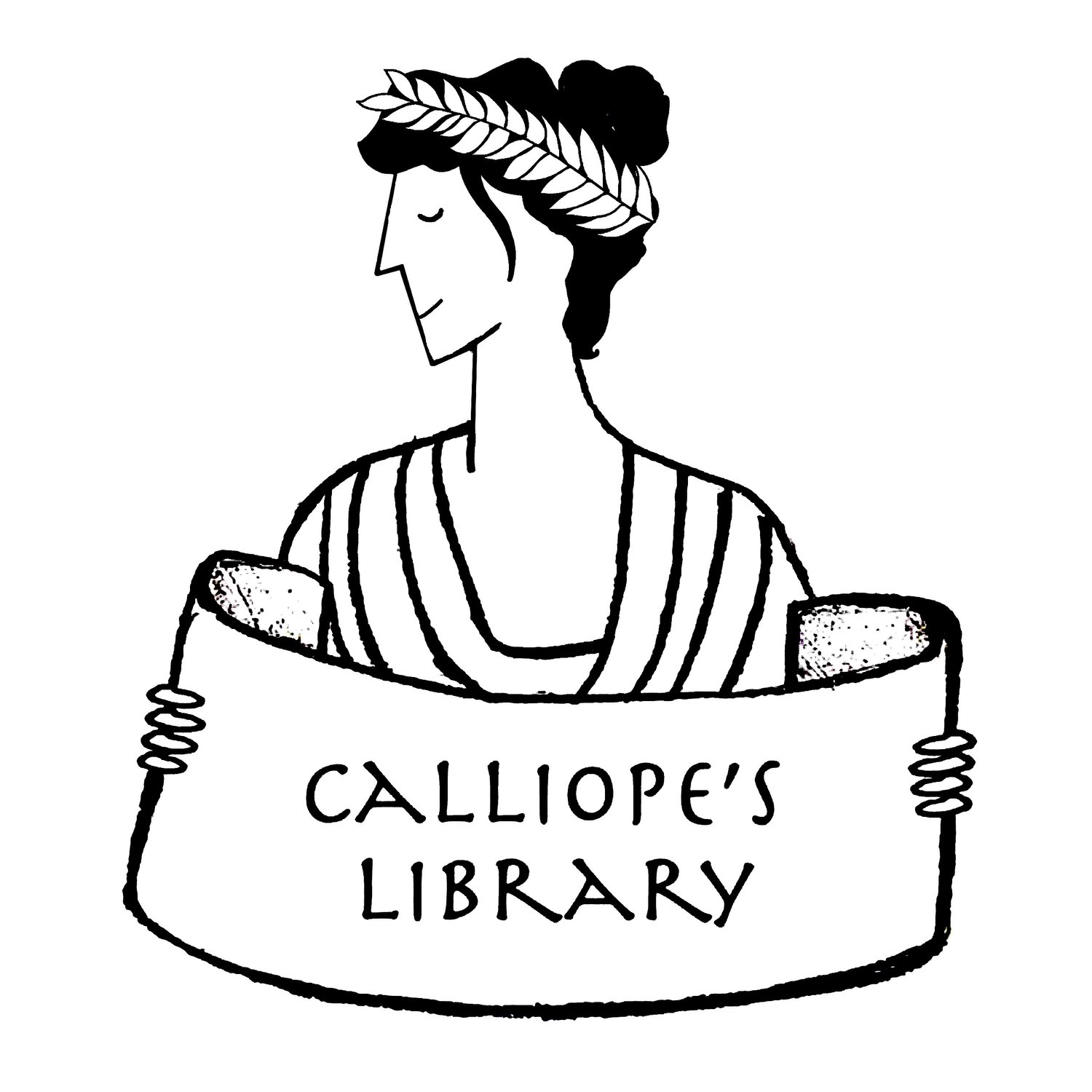Title: City: A Story of Roman Planning and Construction
Author and Illustrator: David Macaulay
Date: 1983
Tags: 10+, Middle Grade, Graphic Novel, Ancient Civ, Setting: Ancient, Architecture, Roman
In this book, David Macaulay explains the process of founding and building a Roman city from the ground up. This book tells the story of the fictional city of Verbonia from its foundation in the 1st century until it becomes a thriving city 125 years later. Verbonia is the only thing in this book that is fictional. Macaulay shows exactly how a new city gets its start during the time of the emperor Augustus. Every step of building the city is clearly explained and illustrated, from the city’s first walls to its private residences, to its major public buildings. There are even labeled drawings of the stone-working tools.
City first shows the role of the army in the founding and construction of new settlements, then it introduces several craftsmen and artisans of different backgrounds living and working in Verbonia. Following these men, Macaulay introduces the reader to the various shops and possible living arrangements (private houses, insula apartments, etc.) available in a Roman city. However, readers may wonder, as I did, where their wives and daughters are. Like Rome when it was first founded, David Macaulay’s Verbonia is completely empty of women. However, Verbonia’s male citizens are strangely unconcerned. Macaulay does a better job drawing attention to the use and abuse of slave labor to build the city’s major works. At one point he describes the different treatment of enslaved and free workers after an accident during the construction of the amphitheater kills dozens of people. Macaulay’s narrative is never graphic, but he is honest about the human cost of Verbonia’s progress.
The drawings look like they were sketched by a skilled artist in pencil and are extremely realistic. Many of them are so exact that they could easily be architect’s plans. They include several plans of the settlement and cross-sections of construction projects such as buildings, bridges, and roads. There are even schematics for some of the ancient machines used in construction. This book may be a bit technical for readers under 10, who may find Kate Daynes’ See Inside Rome more accessible. However, it’s perfect for older readers who have an interest in science and engineering. City offers an excellent, in-depth look at both Roman civic engineering and the everyday life of working class Roman tradesmen. – Krishni Burns


